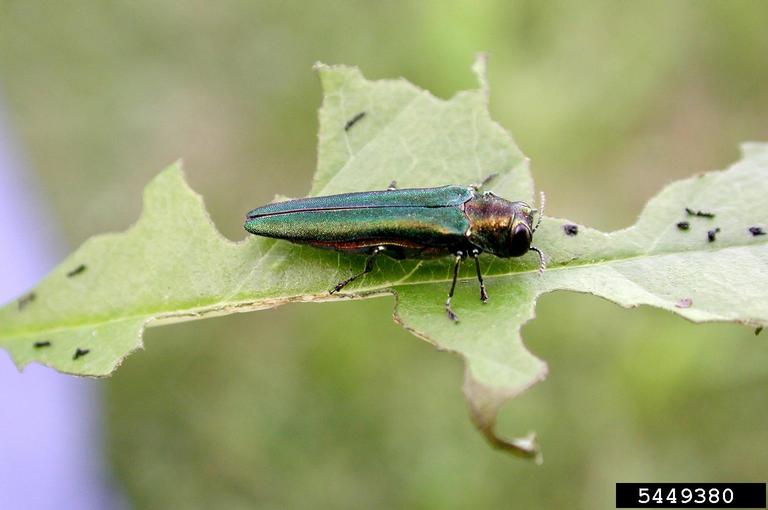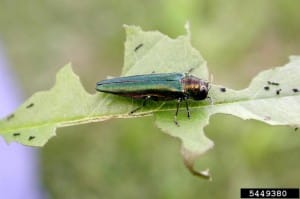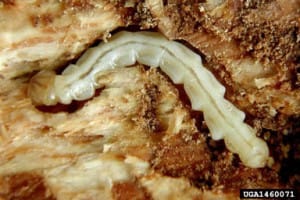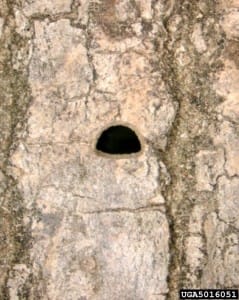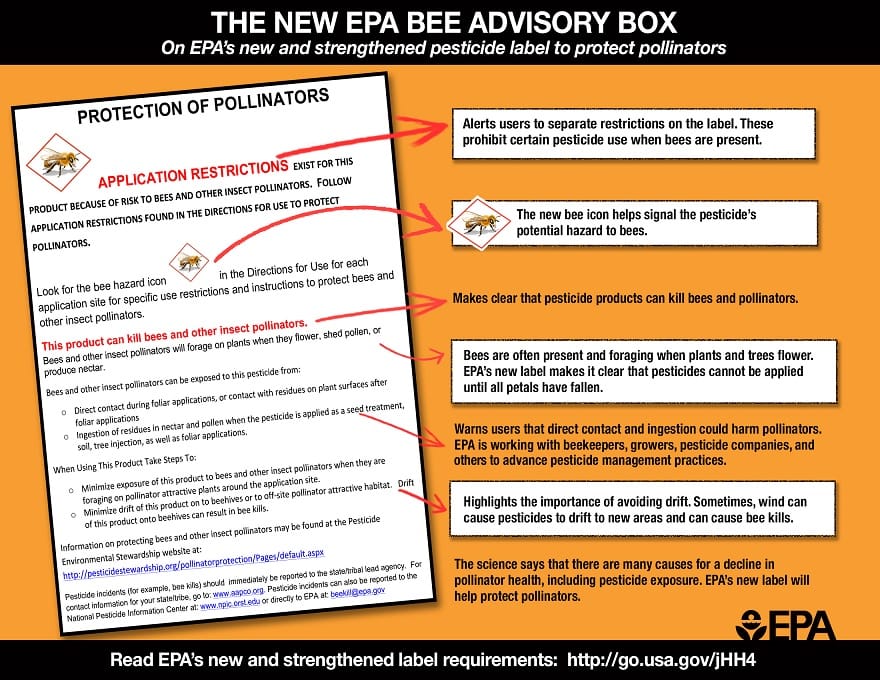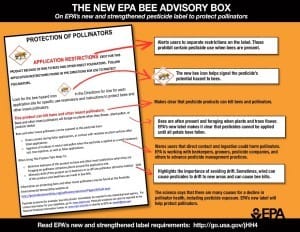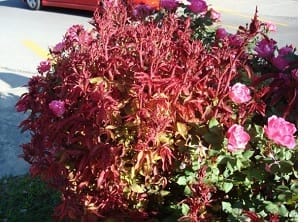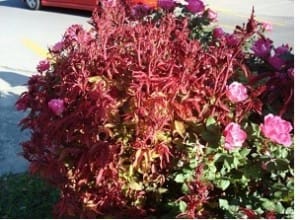Alfredo Martinez, UGA Plant Pathologist
Weather conditions have been conducive for turfgrass diseases. We have received numerous calls and emails about proper control strategies, especially on the appropriate selection of turfgrass fungicides and their efficacy. Some ways to maximize the efficacy of turfgrass fungicides include:
- Read carefully and follow the label directions before applying fungicide.
- Apply fungicides at the rate specified on the label.
- Always follow instructions for re-entry to the area.
- Fungicides are not equally effective on all diseases. Proper fungicide selection is very important for disease management.
- The best control is achieved by applying fungicides preventively (before disease is present).
- Use compatible tank mixes at recommended label rates.
- Use proper sprayer, nozzles and pressure to deliver appropriate coverage of fungicides. Flat fan or swirl chamber (raindrop) nozzles are recommended for turfgrass fungicide applications.
- Avoid turfgrass stress (drought or temperature) before or at the time of application. This could interfere with maximum fungicide uptake, activity and efficacy.
- Fungicides should be sprayed when air temperatures are between 60°F and 85°F (15°C and 29°C) for best results.
- Fungicides should stay on the turfgrass foliage for at least 6 hours for most effective control. Delay mowing and other cultural practices as much as possible to give the fungicide a chance to work (for proper mowing frequency follow the one-third rule).
- Use enough water when applying fungicides for adequate coverage. Usually 2.0 gal water/1000 sq. ft. should give adequate coverage and deposition. Some fungicides have to be watered-in for proper placement to ensure adequate activity.
- Do not apply fungicides when conditions are windy to avoid drift and poor coverage. Wind velocity tends to be the lowest early in the morning and late in the afternoon.
- Be patient if an application appears to have produced no results. Some fungicide application results can be seen months later.
- Use fungicides judiciously and sparingly.
Some notes on Fungicide Resistance
Fungi sometimes develop resistance to particular fungicides, especially when a product is used repeatedly without alternating with chemically unrelated fungicides. When fungicide resistance develops, there is no value in increasing rates, shortening intervals between sprays, or using other fungicides with similar modes of action.
Fungicide resistance has been confirmed in a few instances for each of the following turfgrass diseases and fungicide groups:
- Dollar spot against benzimidazole fungicides (thiophanate methyl) and DMI fungicides (propiconazole)
- Gray leaf spot against strobilurin (QoI) fungicides (e.g. azoxystrobin, etc.)
- Anthracnose against benzimidazoles (thiophanate methyl) and strobilurins (QoI) (azoxystrobin, etc.)
- Pythium blight against phenylamide fungicides (mefenoxam)
Benzimidazoles (e.g. thiophanate methyl) and phenyl amides (e.g., mefenoxam) have the highest risk of resistance.
Strobilurins have a moderately high risk of resistance
DMIs and the dicarboximides (e.g. iprodione) have a moderate risk
Nitriles (e.g. chlorothalonil), aromatic hydrocarbons (e.g. PCNB), and dithiocarbamates (e.g. mancozeb) have a low risk of resistance.
Several general strategies are recommended to minimize the risk of fungicide resistance.
- First, don’t rely on fungicides alone for disease control.
- Avoid using turfgrass varieties that are highly susceptible to common diseases and follow good disease management practices.
- Also, limit the number of times at-risk fungicides are used during a growing season and alternate at-risk fungicides with fungicides in a different chemical group (those with a different FRAC numeric code).
- When using an at-risk fungicide, tank-mixing it with another fungicide from another chemical group (different mode of action) can also reduce the risk of resistance.
These are general principles that can help to reduce, but not eliminate risk. A fungicide-resistant pathogen population can still develop when these principles are practiced. Refer to product labels before tank-mixing products to ensure compatibility and to avoid phytotoxicity.
For major chemical group description, see the Georgia Pest Management Handbook – turf disease control section.
